
In our relentless pursuit of productivity and success, we often find ourselves enslaved to the clock, meticulously dividing our days into hours and minutes, each segment a race against time.
Traditional time management techniques, with their focus on optimizing every moment, promise a path to efficiency. Yet, for many, this rigid structuring becomes a source of stress rather than a scaffold for success and achievement. It begs the question: is there another way to achieve our goals without the constant pressure of tracking time?
Indeed, there is a more holistic approach to productivity, one that enriches our sense of well-being even as it enhances our ability to accomplish great things.
By shifting our focus from merely managing our time to managing our energy, setting clear boundaries, and committing to continuous learning, we can transform our work and our lives.
These methods don’t just help us do more—they help us become more.
Energy Management, Boundary Setting, and Continuous Learning are not about squeezing every second out of the day but about making each moment count more.
As we explore these three innovative approaches, I invite you to think about productivity not just as a measure of how much you can do, but how well you can live while doing it.
Let’s embark on this journey to redefine what it means to be truly productive.
Energy Management
Energy Management is a strategic approach to optimizing one’s mental and physical vitality to maximize productivity and maintain a healthy work-life balance.
Unlike traditional time management, which dictates a rigid schedule irrespective of one’s natural energy fluctuations, Energy Management emphasizes adapting to and harnessing these fluctuations to enhance both efficiency and effectiveness.
Understanding and practicing Energy Management is crucial because it aligns work with natural energy levels, making tasks feel less burdensome and more engaging. This method recognizes that our energy levels are not constant throughout the day and that different tasks require different types of energy. For instance, creative endeavors might best be tackled when we feel most vibrant and alert, while administrative tasks might be reserved for when our energy dips.
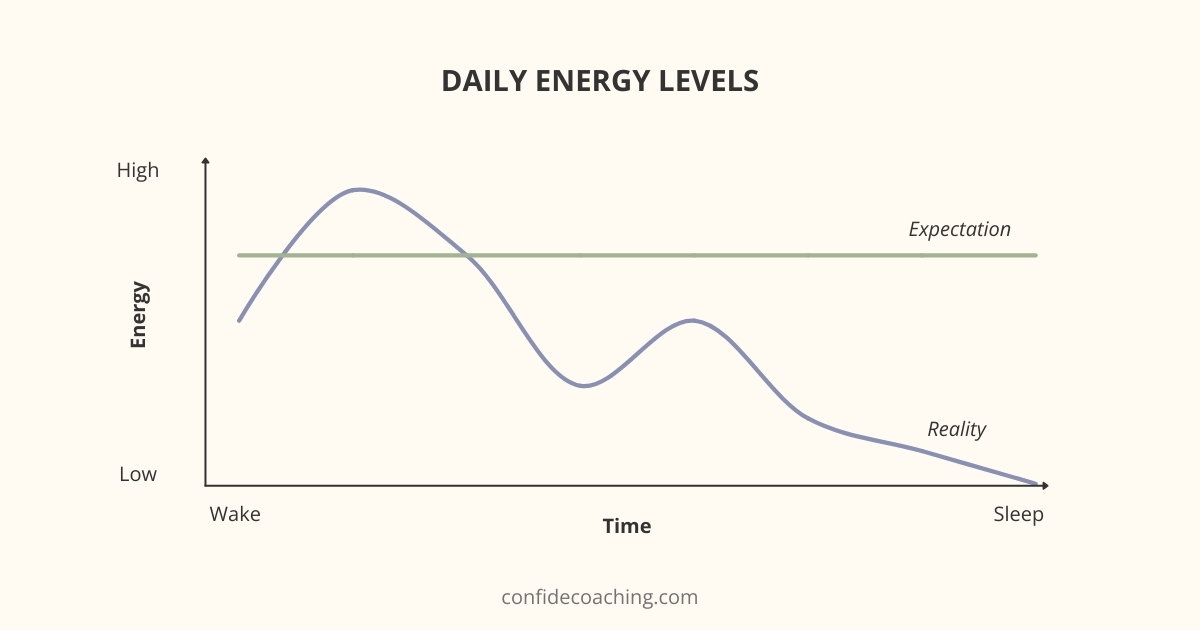
Strategies for Implementing Energy Management
To implement Energy Management effectively, start by tracking your energy levels over a period of a few weeks.
Use a simple journal to note the times of day when you feel most energetic, focused, and motivated, as well as those times when you feel lethargic or distracted. Look for patterns and plan your most demanding tasks for your peak energy times.
Another strategy is to tailor your work environment to foster an energy-enhancing atmosphere.
This can include adjusting lighting, temperature, or even the layout of your workspace to support the type of tasks you are performing.
Incorporating regular breaks, especially physical activity such as a quick walk, stretch, or doing a set of squats, can also help in resetting your energy levels during slumps.
Benefits of Energy Management as a Productivity Tool
The benefits of effective Energy Management are profound. By aligning tasks with energy levels, employees report higher job satisfaction, reduced stress, and increased productivity. Companies that encourage Energy Management notice fewer burnouts and higher employee engagement.
Tony Schwartz, CEO of The Energy Project and author of “The Way We’re Working Isn’t Working,” emphasizes the importance of managing energy to improve performance and well-being. His work is particularly influential in how organizations and individuals can harness and sustain human energy for optimal productivity.
“Most large organizations invest in developing employees’ skills, knowledge, and competence,” says Schwartz. “However, very few help build and sustain their capacity—their energy—which is typically taken for granted.” Schwartz has collaborated with companies like Google, Children’s Aid, Meta, and Microsoft to enhance their employees’ capacity for sustainable high performance. Perhaps it is no surprise, then, that some of these organizations consistently rank among the best places to work.
Encouraging employees to schedule important tasks according to their energy rhythm is what gives organizations a powerful competitive advantage.
By prioritizing energy over strict scheduling, productivity is not just maintained; it is enhanced, illustrating the power of working smarter, not harder.
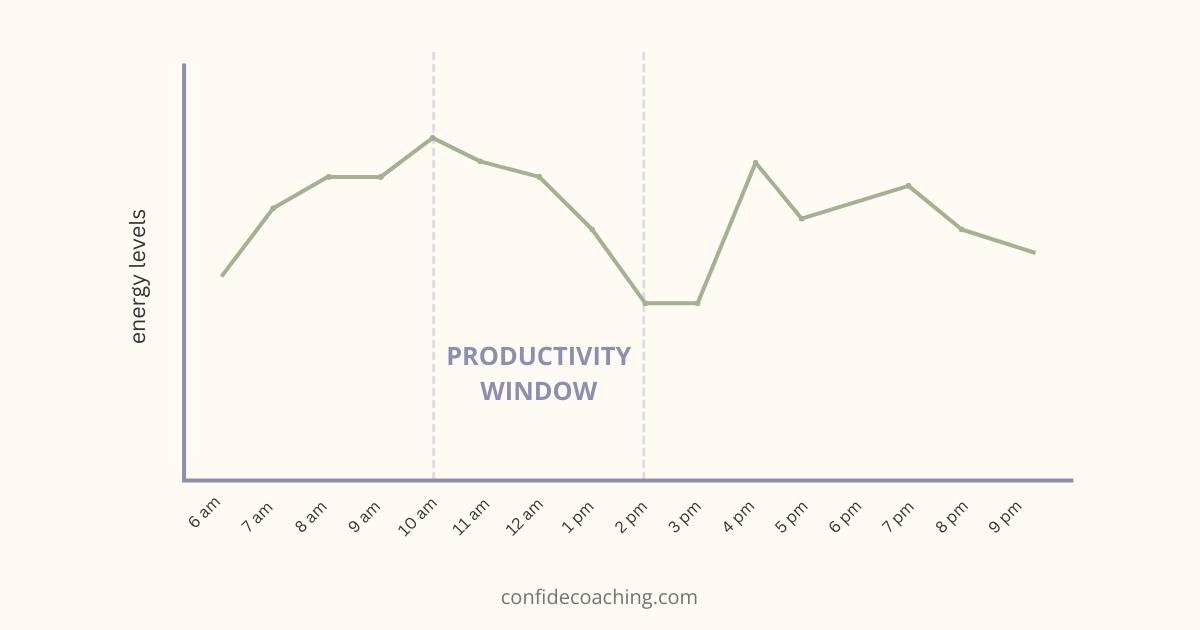
Boundary Setting
To truly grasp the concept of Energy Management and fully reap its benefits, it’s crucial to understand that it cannot be effectively implemented without first setting clear boundaries. This relationship between Energy Management and Boundary Setting is fundamental, as controlling your energy flow requires control over how and when your time and efforts are expended.
By establishing firm boundaries, you can protect your energy reserves from being depleted by less critical tasks or energy-draining interactions. This protective measure ensures that your peak energy levels are preserved for the most impactful activities, aligning with the core principles of Energy Management.
For example, without setting specific boundaries around work hours or communication, you may find your energy sapped by late-night emails or unplanned meetings that could otherwise be scheduled during lower-energy periods. Such interruptions not only disrupt your flow but also diminish the energy available for priority tasks.
Boundary Setting with Calendar Blocking
Calendar blocking is a practical application of Boundary Setting, championed by productivity experts like Cal Newport, author of “Deep Work,” and Simon Sinek. This method involves allocating specific blocks of time on your calendar for high-priority tasks, which not only helps you manage your energy effectively but also ensures that your most productive periods are reserved for your most significant work.
Implementing Calendar Blocking:
1. Identify High-Energy Periods: First, track your energy levels to identify when you are most alert and creative. Everyone has different rhythms; some may find mornings energizing, while others might peak in the afternoon.
2. Block Time for Priority Tasks: Once you’ve identified these periods, block them out on your calendar. This time is reserved for deep work, where interruptions should be minimized. The clarity of having these blocks set aside reduces the cognitive load of deciding what to work on and when.
3. Communicate Your Schedule: Share your blocked periods with colleagues and team members to ensure they understand these are times when you should not be disturbed. This transparency helps set expectations and reduces interruptions, facilitating a more focused work environment.
4. Respect Your Own Boundaries: Just as important as setting these blocks is respecting them. Treat these time blocks as non-negotiable appointments with yourself, dedicated to your most important tasks.
5. Integrating with Energy Management: By synchronizing your calendar blocks with your natural energy levels, you maximize your productivity potential. For instance, if you’re a morning person, blocking out morning hours for intense, creative tasks can lead to more effective and satisfying work sessions. Similarly, if you know you hit an energy slump after lunch, you might schedule less demanding tasks during that time, or even a short break to recharge.
6. The Combined Impact on Productivity: When you effectively integrate calendar blocking with energy management, you create a powerful framework for productivity. These approaches not only help in managing your day-to-day tasks more efficiently but also support long-term well-being by preventing burnout and promoting a balanced lifestyle.
Without clear boundaries, effective Energy Management is not feasible. The two concepts are intertwined, each enabling the other to create a more balanced, productive, and satisfying work-life dynamic.
But what if you just can’t say no?
While the value of saying “no” is clear, there are times when it may seem impossible to do so. Perhaps you’re in a position where saying no could jeopardize your job security, relationships, or it simply doesn’t feel feasible due to the expectations set upon you.
In these scenarios, it’s crucial to find alternative strategies that allow you to maintain some control over your time and energy.
1. Communicate Your Current Commitments:
When an outright refusal of a request isn’t possible, transparent communication about your current workload is a strategic approach.
Drawing inspiration from Cal Newport’s discussion with Andrew Huberman on The HubermanLab podcast, consider expressing a positive attitude towards the request initially.
For example, you might say, “I’m happy to help with your request, but I’m currently working on five active projects with upcoming deadlines. Based on my current workload, I will be able to start work on your request by [specific date]. If this works for you, I am happy to add your request to my list of active projects.”
This approach not only demonstrates your willingness to assist but also sets clear and realistic expectations. Often, this is enough to encourage the requester to either wait or seek assistance elsewhere, thus managing your workload effectively.
It also fosters a respectful and understanding approach to workload management, ensuring that your capacity is well-communicated and boundaries are established.
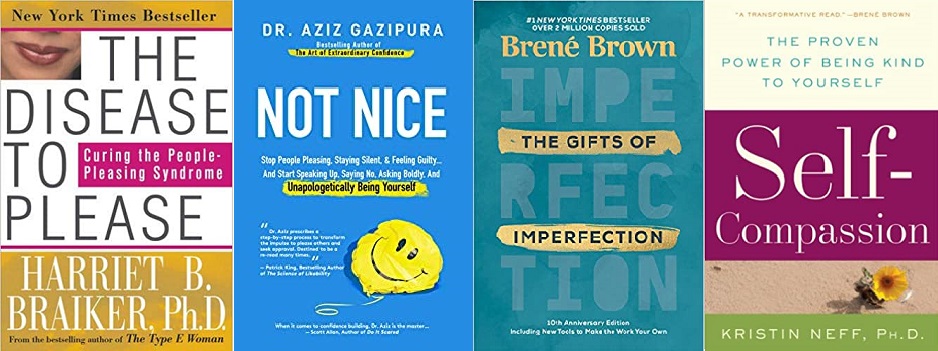
Some of the better books on how to say no without feeling guilty.
2. Incremental No:
If you are new to saying “no”, easing into a “no” can be more manageable and less abrupt. Start by tactfully declining smaller, less critical requests to build a reputation for thoughtful commitment. This gradual approach helps others respect your time and understand your priorities, paving the way for easier refusals when larger, more disruptive requests come along.
3. Seek Support:
If workplace culture or external pressures make it difficult to say no, seek advice and support from mentors, peers, or a supervisor who values your well-being and professional growth. They can offer practical advice on how to handle specific situations and may even advocate on your behalf.
4. Emphasize Quality Over Quantity:
Reinforce that your focus on delivering quality work may sometimes mean taking on fewer tasks. This approach is beneficial not just for your own productivity but also enhances the overall output of your team or organization. It shifts the conversation from the quantity of work done to the quality and impact of your contributions.
By integrating these refined strategies into your boundary-setting efforts, you can more effectively manage requests and maintain control over your workload, even in challenging situations. This approach not only preserves your productivity and well-being but also demonstrates a sophisticated understanding of effective workload management.
Continuous Learning
The Role of Continuous Learning in Productivity
Continuous learning is an essential driver of both personal and professional growth. In today’s fast-paced world, the ability to acquire new skills and expand knowledge is not just beneficial but necessary for staying relevant and competitive.
Continuous learning fuels adaptability—a critical attribute in a constantly changing environment. This adaptability allows employees and organizations to pivot effectively, embrace new technologies, and innovate solutions.
The relationship between learning, adaptability, and productivity is symbiotic. As you learn and adapt, you’ll find yourself becoming more efficient in your role, often finding ways to automate routine tasks or discovering more efficient methods to complete them.
This increased efficiency leads to enhanced productivity, as you spend less time on outdated processes and more time leveraging new skills that drive results.
Moreover, continuous learning cultivates an exploratory, curious mindset–qualities that are integral to problem-solving and innovation. This proactive approach not only boosts your performance, but also positions you as a valuable asset in any professional setting.
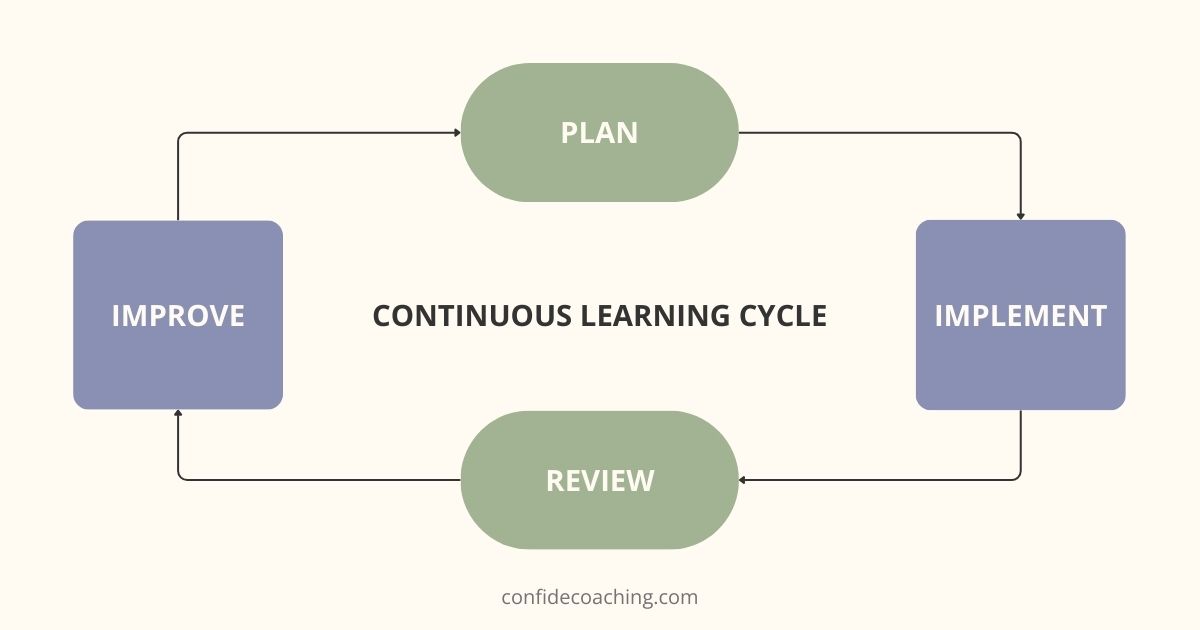
Incorporating Learning into Daily Life
Integrating learning opportunities into daily routines can seem daunting but can be managed with careful planning and prioritization.
Here are several strategies to incorporate learning seamlessly into your daily life without feeling overwhelmed:
1. Set Specific Learning Goals: Start with clear, achievable objectives. Whether it’s mastering a new software tool, learning a new language, or understanding a particular concept, specific goals help to focus your learning efforts.
2. Utilize Microlearning: Break down information into small, manageable chunks that can be consumed daily. Microlearning can involve listening to a podcast episode, reading an article, or watching a tutorial video during your commute or lunch break.
3. Leverage Technology: Use apps and online platforms that offer courses and workshops. Many of these platforms are designed to integrate learning into a busy schedule.
4. Apply What You Learn: Try to apply new knowledge or skills to your current job or daily tasks. This application not only reinforces learning, but also improves your work performance by integrating new efficiencies or novel ideas.
5. Schedule Regular Review Sessions: Set aside time weekly or biweekly to review what you’ve learned and assess your progress. This reflection allows you to adjust your learning plan as needed and keeps you motivated.
The Importance of Continuous Learning in Career Progression
Setting aside time for continuous learning is crucial for long-term career success and progression. In an era where job roles are evolving rapidly, the skills that are relevant today may be obsolete tomorrow. By continuously learning, you ensure that your skills and knowledge remain relevant and sharp.
Whether you are a rising employee or already occupying a leadership position, continuous learning will keep you “in the game,” enabling you to innovate and stay competitive.
By actively expanding your knowledge and skills, you ensure your techniques and approaches remain relevant and effective. This commitment to growth leads to increased efficiency, as you are able to streamline outdated processes and capitalize on new opportunities more effectively.
Moreover, continuous learning cultivates a mindset of exploration and inquiry, essential for continuous improvement and problem-solving. Such proactive engagement not only enhances your performance, but also solidifies your value within any professional landscape.
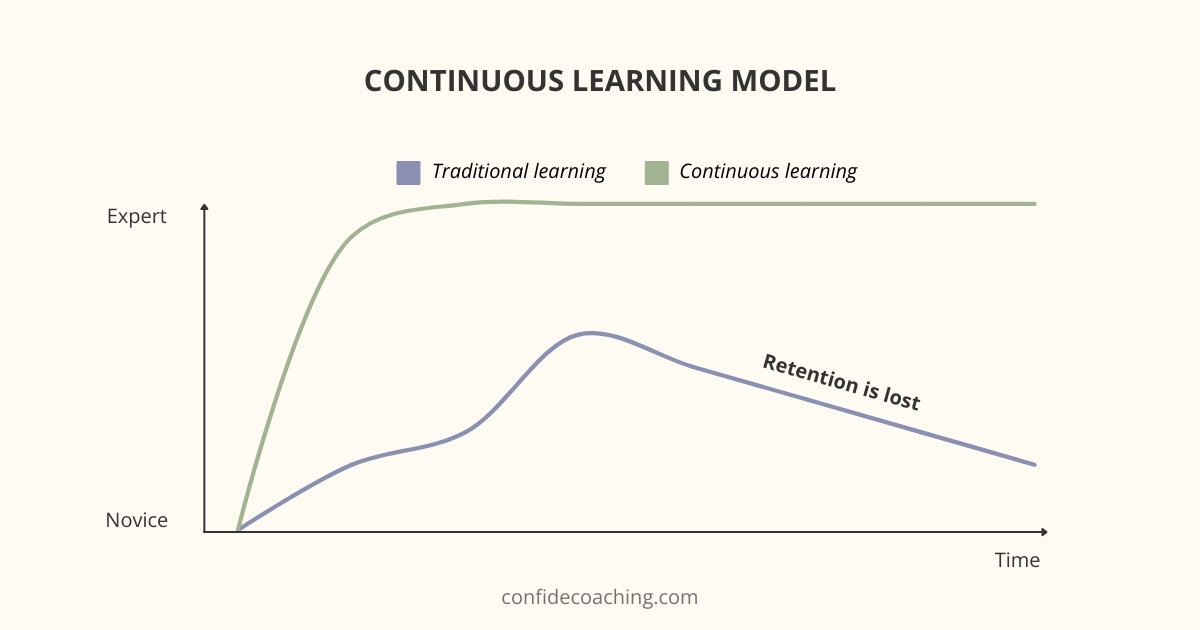
Conclusion: Redefining Productivity Beyond Traditional Metrics
As we consider the shifts from traditional time management to embracing concepts like Energy Management, Boundary Setting, and Continuous Learning, it’s essential to reflect on what true productivity means to you.
Is it merely about the volume of work completed, or is it about the quality and impact of that work?
Productivity measured solely as an output of delivered work is not an effective long-term strategy for success.
Similarly, time management without clarity and prioritization of what truly matters to you is akin to spinning on a hamster wheel; you might move quickly, but you aren’t necessarily progressing towards your goals.
So, how do you measure your success?
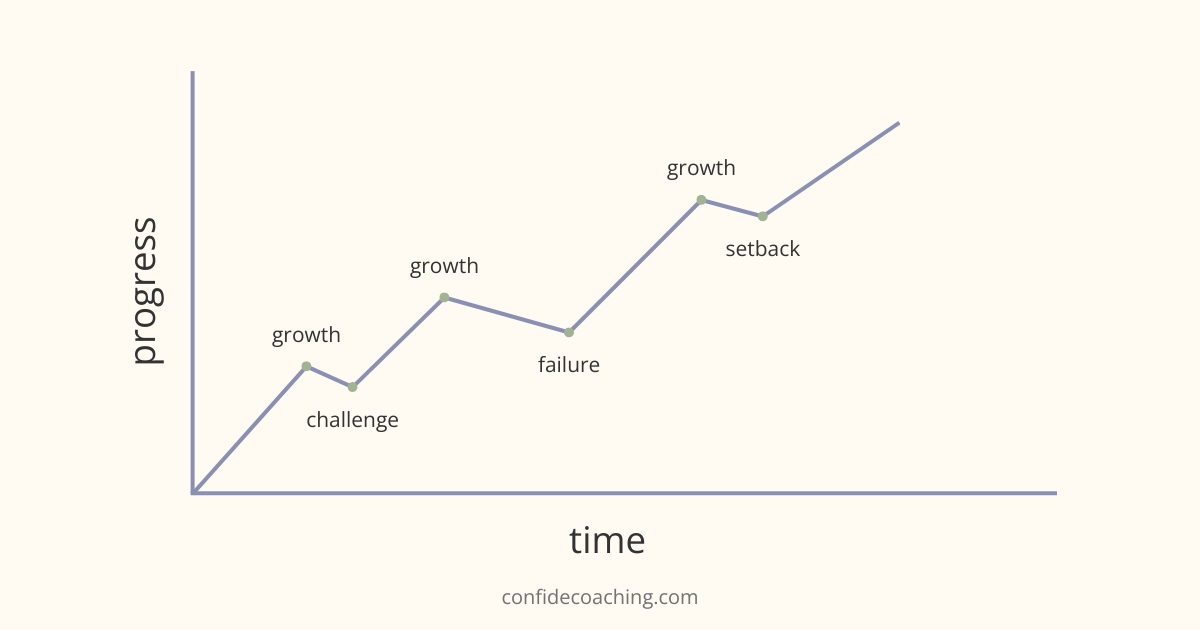
Are you nurturing your personal and professional growth through continuous learning? Do you set boundaries that protect your time and energy, enabling you to focus on what truly matters? And are you managing your energy wisely to maximize your productivity during peak performance times?
Think about the last time you felt genuinely productive. Were you merely busy, or were you making significant progress on a meaningful task?
Often, the difference lies in working smarter, not harder. It involves understanding the importance of saying ‘no,’ setting aside time for deep work, and continuously adapting and learning to stay relevant in your ever-evolving professional landscape.
As you move forward, challenge yourself to redefine productivity. Consider it not as a measure of how much you can do but as an indicator of how well you can align your tasks with your highest priorities and deepest values. This alignment is the key to not just surviving in your professional and personal life but thriving.
So, are you ready to step off the hamster wheel and start making real progress toward your goals?

Paul Strobl, MBA, CPC
Owner of Confide Coaching, LLC
Paul is a Master Life Coach for GenX and GenY executives and business owners. Originally from Houston, Texas, he has been location independent for most of his adult life. He currently resides in the Rhodope Mountains of Bulgaria near the Greek border with his brilliant wife, 14-year-old stepson (officially adopted in 2021!) and a Posavac Hound rescue.
References
Schwartz, Tony. The Way We’re Working Isn’t Working: The Four Forgotten Needs That Energize Great Performance. Simon & Schuster, 2010.
Newport, Cal. Deep Work: Rules for Focused Success in a Distracted World. Grand Central Publishing, 2016.
Huberman, Andrew. “Dr. Cal Newport: How to Enhance Focus and Improve Productivity.” Huberman Lab Podcast. March 11, 2024.
https://www.hubermanlab.com/episode/dr-cal-newport-how-to-enhance-focus-and-improve-productivity.
Walker, Karen. “Why Say No: Do You Control Your Calendar, Or Does Your Calendar Control You?” Forbes. August 21, 2020.
https://www.forbes.com/sites/karenwalker/2020/08/21/why-say-no-do-you-control-your-calendar-or-does-your-calendar-control-you/?sh=80676d936ce6.

